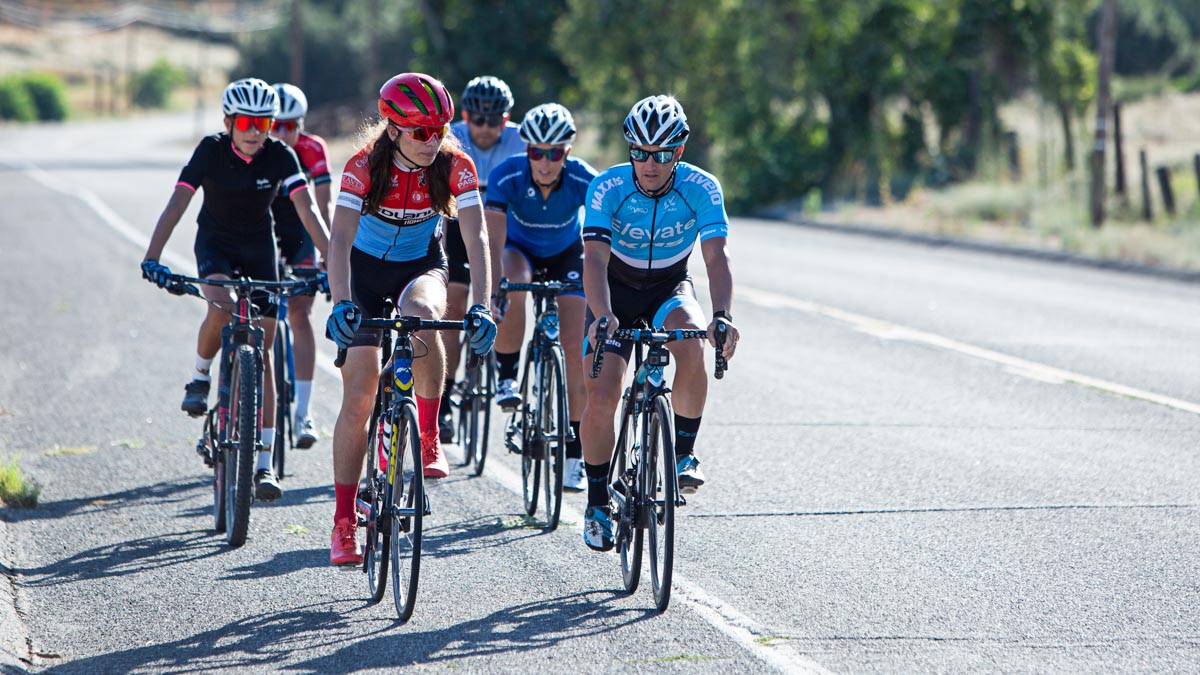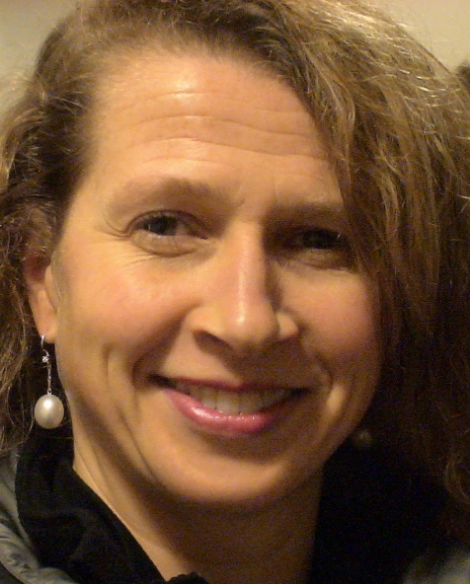Why does age matter?
First off, we need to think about exactly why younger athletes need to be coached differently than their older counterparts. Athletes younger than 16 years of age or so experience significant physiological differences compared to adults. There are also big variances between girls and boys.
Girls tend to experience an earlier growth spurt than boys. Around 11-12 years of age, girls are often faster than boys—a pattern observed in qualifying swimming times. Around puberty, varying hormone levels cause changes in body composition, the fusing of growth plates, and an increase in neurological connections in the brain. Growth causes changes in physical proportions, so as a coach, try to include plenty of skill-based training to support proprioceptive skills.
Relative Energy Deficiency in Sport (RED-S)
RED-S is a syndrome caused by low energy availability resulting from insufficient dietary intake to match training load demands and normal physiological function. For young athletes, part of the fundamental physiological function is growth and development. So in young athletes, RED-S can cause a slowing or arrest of growth and puberty. In girls, this primarily manifests as amenorrhoea, which, in the UK, is defined by lack of periods by age 16. RED-S in young athletes has a significant effect on bone health moving into adulthood. Adolescence is a crucial time for bone mass accrual. If this is not achieved, young athletes will be at risk of increased incidence of stress fractures, especially when training load increases moving from junior to senior ranks. To avoid the adverse consequences of RED-S, ensure that your young athletes are fueling consistently and sufficiently.
Rest and Recovery
These are two of the most important components of any training schedule. This is especially the case for young athletes developing new neural connections, as sleep is when a crucial growth hormone is released. This will help the athlete build key mental and physical skills.
Potential Pitfalls of Early Sport Specialization
In order for young athletes to maintain sustainable participation and enjoyment in sport, focus on moderate, aerobic training loads integrated with a diverse, fun array of workouts. Beware of overly difficult aerobic training loads and early specialization as they can lead to burnout. You also should avoid these because young athletes haven’t yet developed the energy systems required, in terms of glycogen storage, enzymes, mitochondria and regulation of homeostasis.
Note that, competitive success as a young athlete does not necessarily guarantee long-term success. Rather, working on skill development/technique and enjoyment will build resilient athletes who can continue enjoying their sport as adults.
Top Tips for Young Athletes
- Adolescents grow and mature at different rates. However, a young athlete with slowing or arrest of basic physiological processes should be referred for medical input.
- Adequate sleep and recovery essential.
- Emphasis on the development of neurological skills and aerobic training.
- Avoid high training loads to reduce risk injury and mental burnout.
- Training should be enjoyable for young athletes to keep them in sport.



